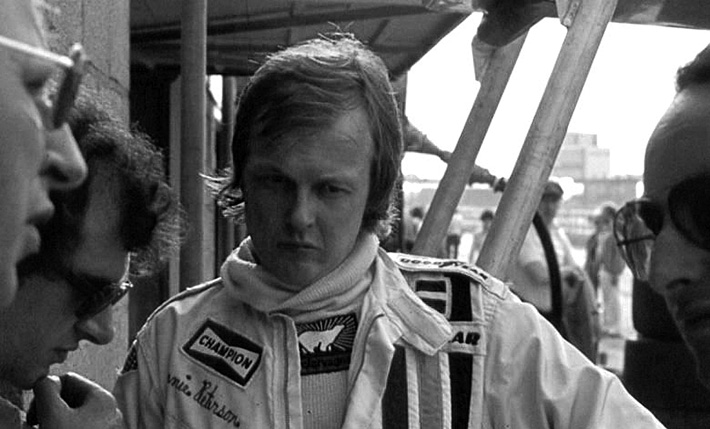Ronnie Peterson Biography
Ronnie Peterson was born on 1944 in Örebro, Sweden, the son of an avid racer of moderate accomplishments. His father’s love for all things mechanical was inherited by his son. When Peterson was only eight years old his father built him a car, or at least the young Ronnie considered it a car though it looked more like a cross between a tractor and a go-cart. It originally had a 50 cc moped-engine and had a top speed of 12 km/h. Eventually Peterson wore out the engine is his “tractor” Ronnie’s dad, Bengt realizes that Ronnie had worn out the moped-motor in the tractor, and instead it is equipped with a 118 cc Husqvarna-motor. After the motor was switched the tractor could reach 40 km/h. His father along with his friend Sven Anderson would attend the yearly ice-race in Hjalamaren. By then the elder Peterson had quit racing but this didn’t stop his son from driving anything he could get his hands on. In 1962 he started karting and a year later he became Swedish Champion. By 1966 he made his debut in Formula 3 driving a car built by his father.
“Ronnie drives absolutely flat-out, all the time,” said Chapman after his first few races with the Swede. “If he’s off the pace, then it might be the car. Not him.” Colin Chapman
No Subscription? You’re missing out
Get immediate ad-free access to all our premium content.
Get Started



